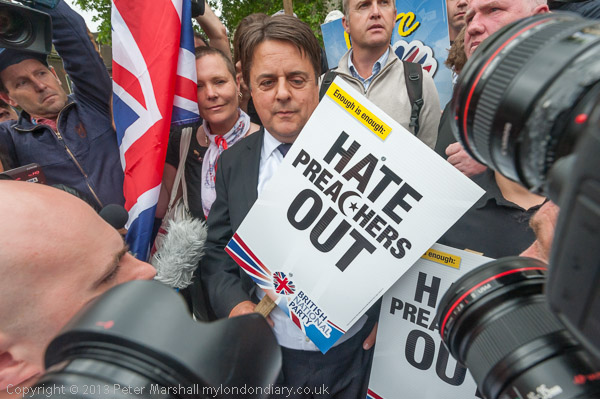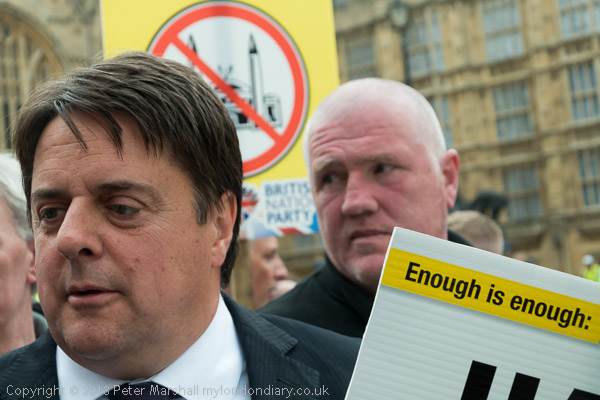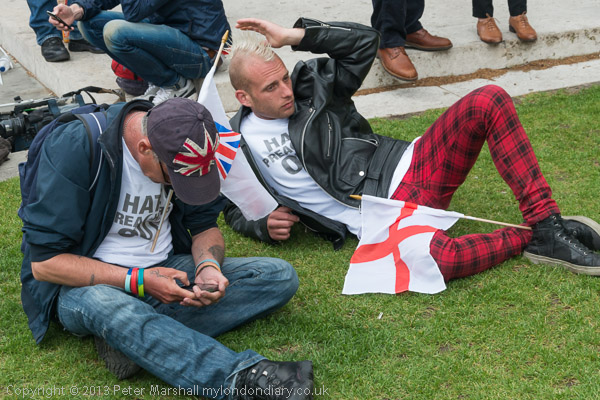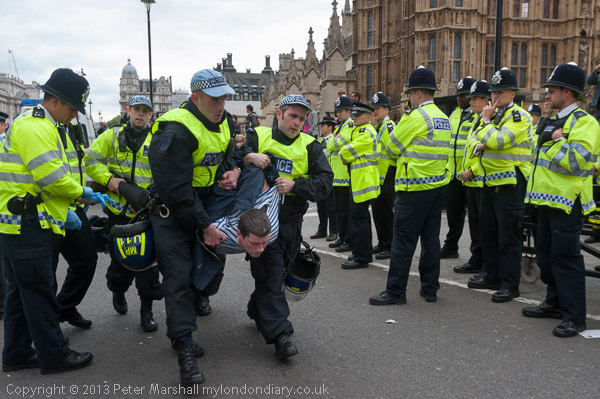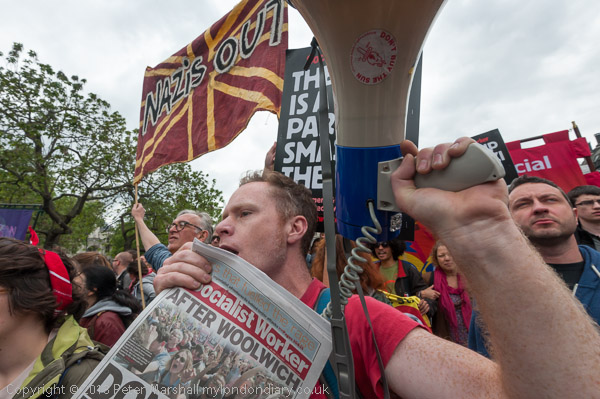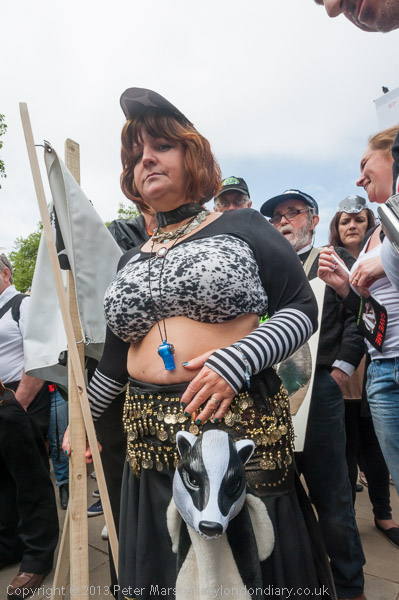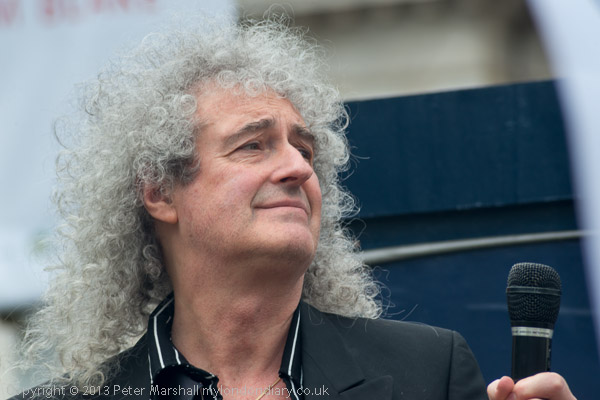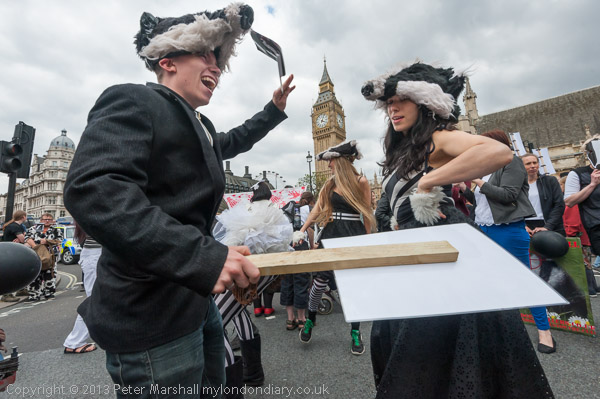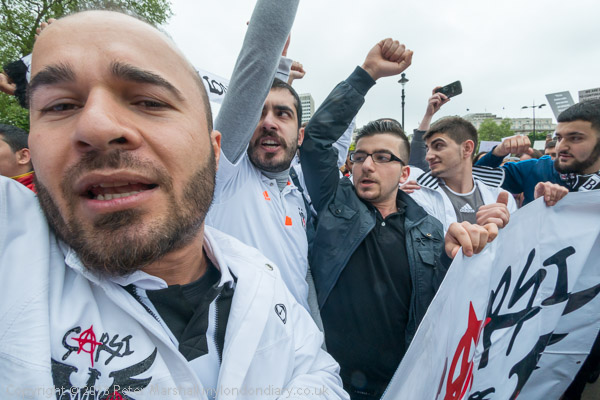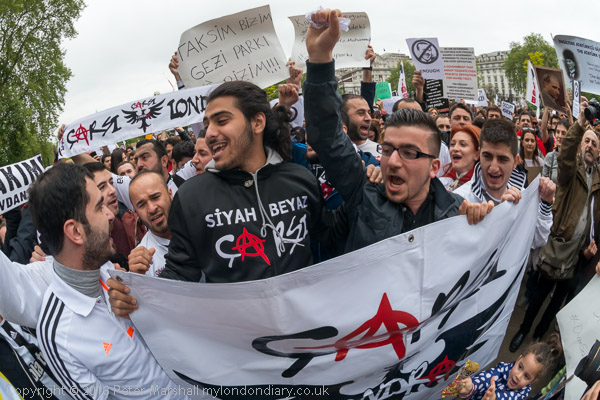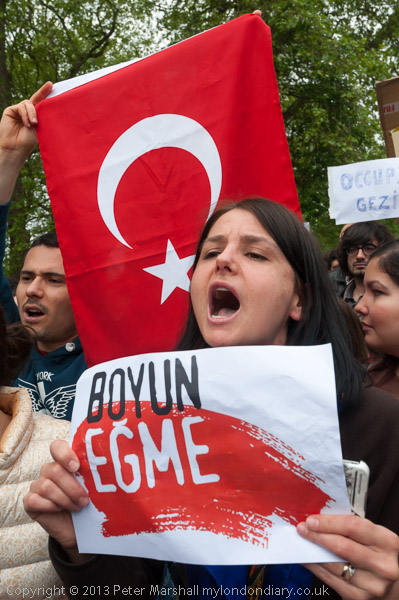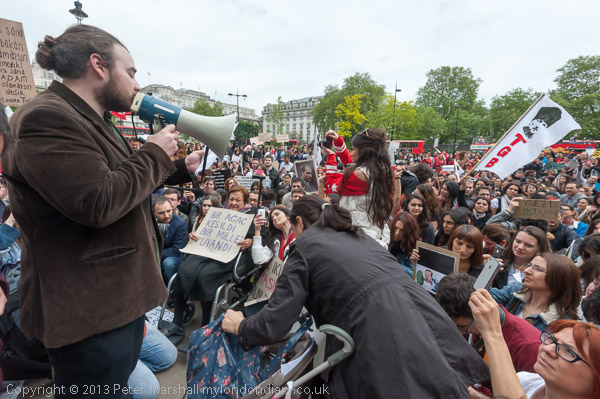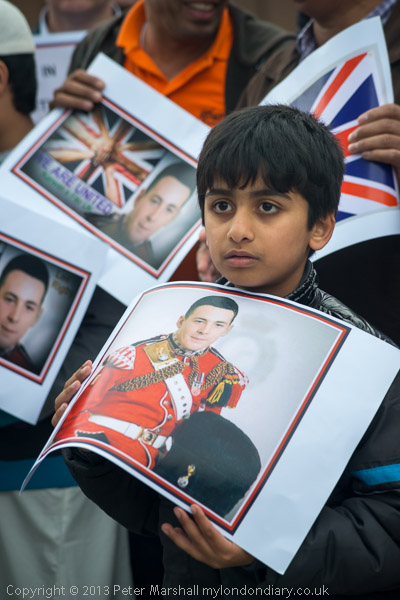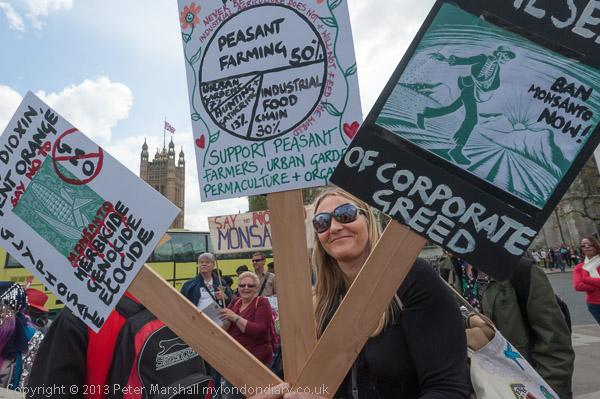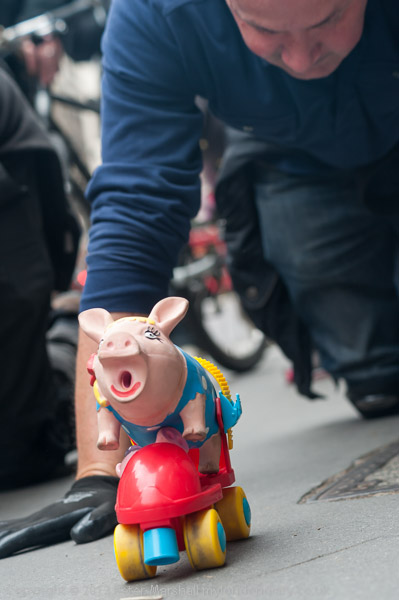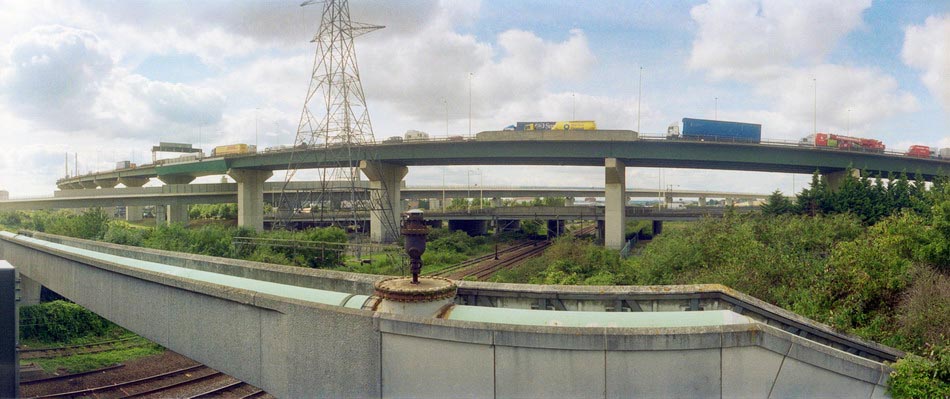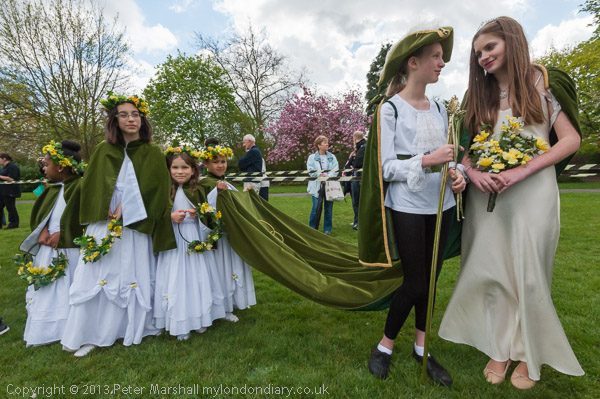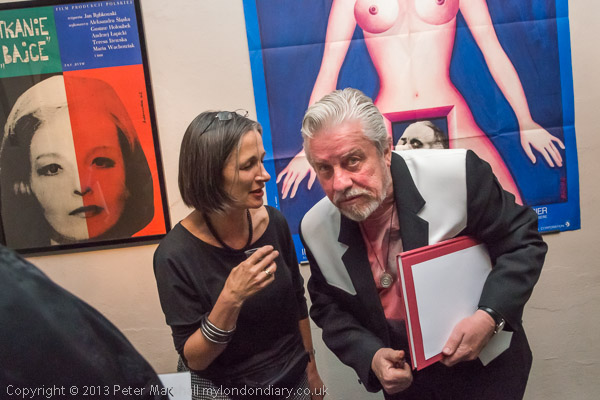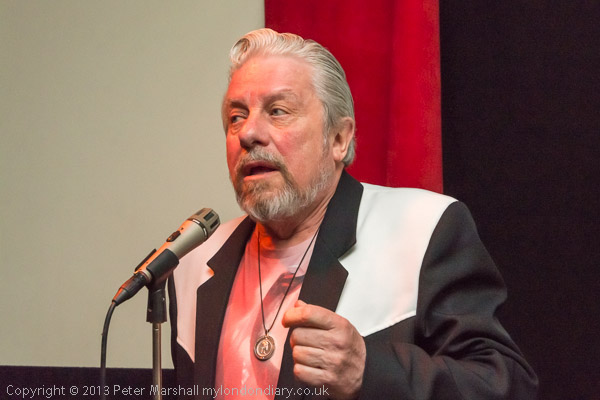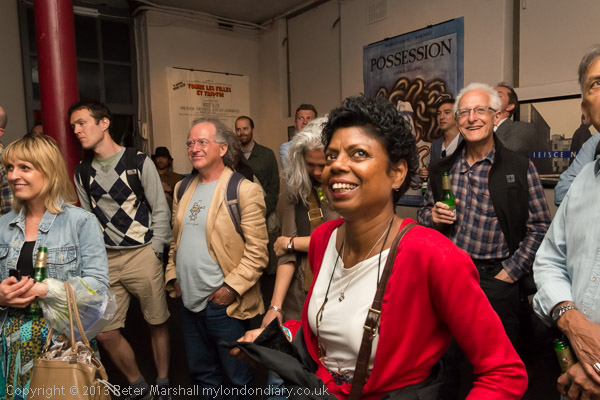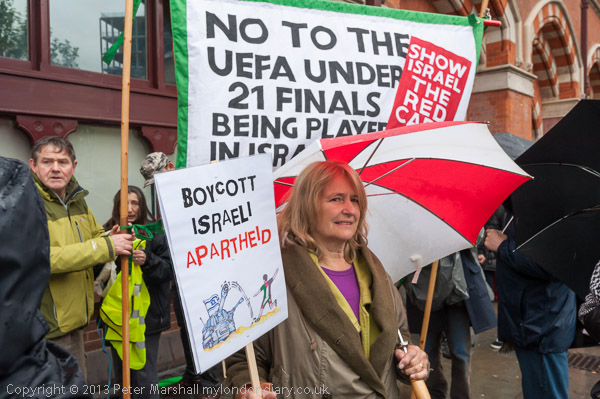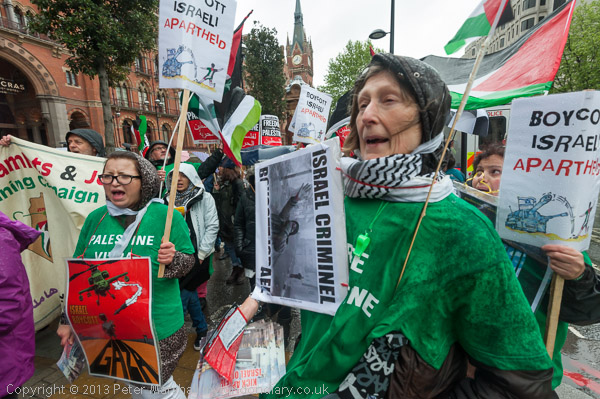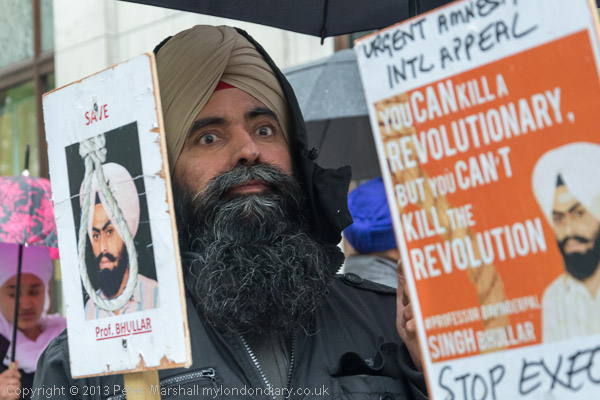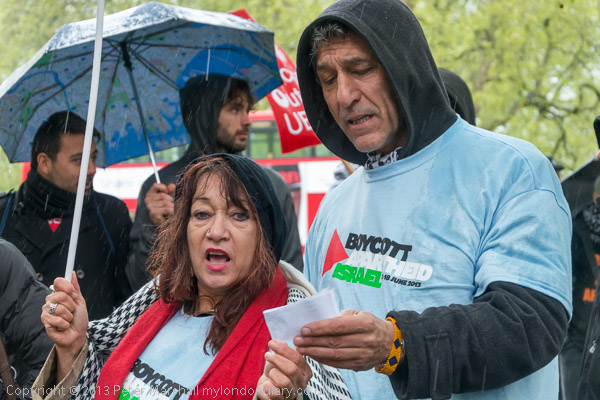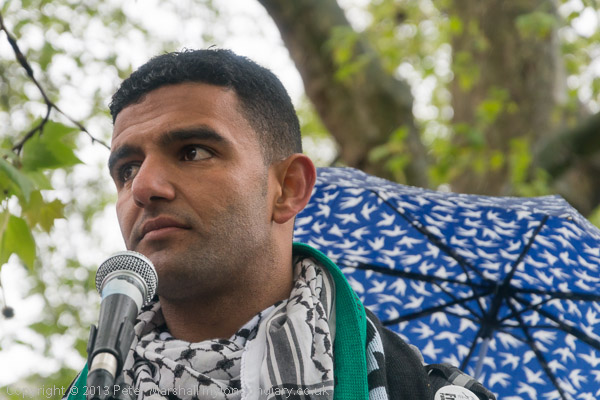There are some events it’s hard to know how to cover them. The issues behind them may be important, but there isn’t something to make them really news, either in the event itself or in something visually novel. I’ve written many times about the continuing shameful scandal of Guantanamo, and in particular of the failure to release Shaker Aamer despite his having been cleared for release years ago.
Protesters in black hoods and orange jumpsuits although still striking are no longer novel, and while their daily presence opposite the Houses of Parliament when it is in session does act as a reminder to MPs about the need to take action, I find it hard to find anything new visually to say about them.
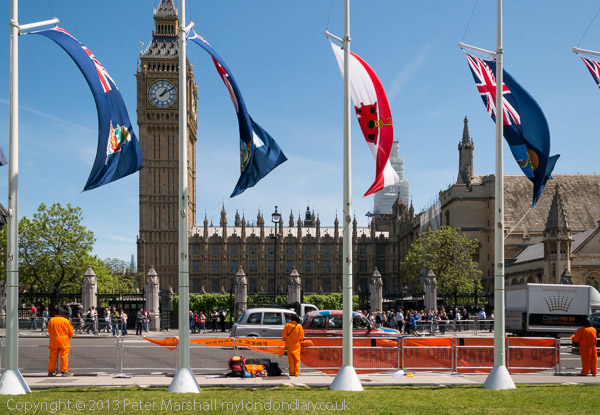
The daily protests by the Save Shaker Aamer Campaign continue until July 18, with a handful of protesters each day, there with placards and banners. On the final day they plan a larger protest, and I’ve made a note in my diary to go. And on those days before then, if I happen to be in the area for other reasons or am passing through I’ll stop and take a few pictures of the continuing vigil. I miss the Parliament Square Peace Campaign, who for around 11 years made visiting what is otherwise one of the capitals more dreary locations – essentially a grass-covered large traffic island – rather more interesting.
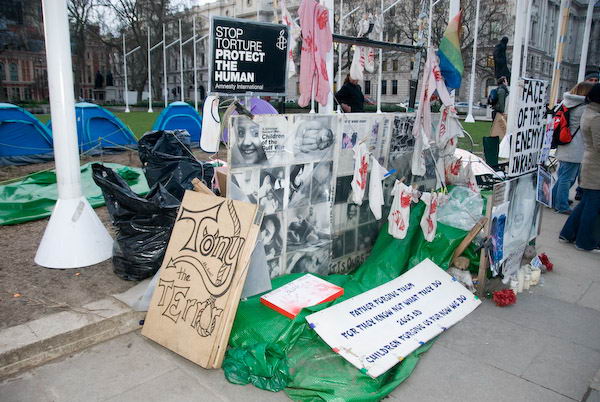
Parliament Square display in March 2007
The authorities talk about it as a World Heritage site, but it is really a desolate and sterile emptiness at the centre of a World Heritage site, with a few largely disappointing statues on its fringe along with some rather ugly flagpoles. Brian and Babs and the rest really did liven it up a bit while they were there and the square seems really empty without them. The campaign still has an on-line presence, but it isn’t the same, and their long-drawn out legal battle with an establishment that has stooped to some very dirty tricks, and bending and twisting the law in various subterfuges is hard to follow.
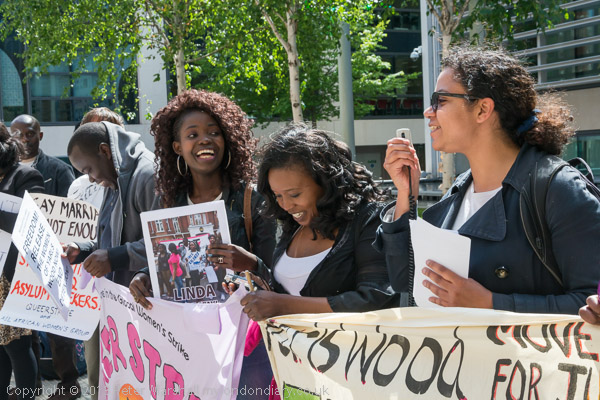
I was walking through the square on my way to a protest outside the Home Office in Marsham St against the deportations of gay asylum seekers to Uganda. Again it isn’t too easy to produce something visual that will make people want to read the story, though at least there were banners and placards as well as some lively protesters. You can see what I made of them in Stop Deporting Lesbians to Uganda.
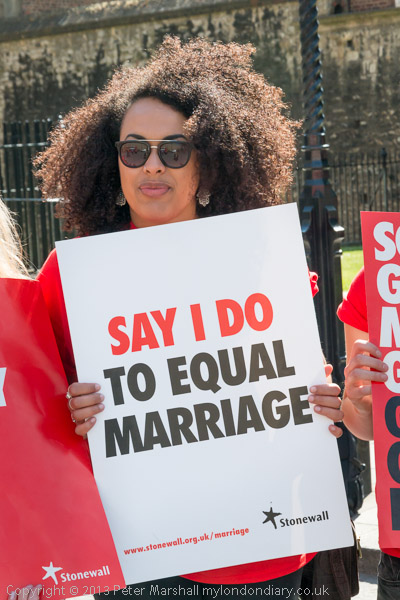
On my way from there to the Ministry of Justice, I took a slight detour to go by Old Palace Yard, as I’d earlier recognised the arch of balloons I’d photographed in May ( ‘Christian Concern’ Against Gay Marriage) being carried in that direction. The Lords were about to debate an amendment intended to sabotage the gay marriage bill, and as well as the anti-gay Christians, there was also a counter-protest with Stonewall banners. I took a few pictures and rushed on, deciding it would be worth returning later if I had time.
The main event I’d come to photograph was a protest by lawyers at the government proposals on legal aid which will mean that those reliant on it get only nominal cut-price representation from the likes of Tesco and Eddie Stobart legal services. (Again I’d photographed Lawyers Funeral for Legal Aid last month.) I got there ten minutes before it was due to start only to find that they had begun events even earlier, which annoyed me rather.
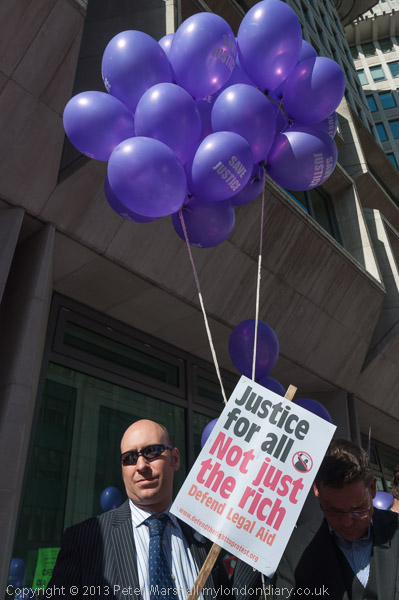
The lighting was interesting but rather tricky, with areas of sun and deep shadow which were mostly a nuisance, especially with the placards casting shadows across faces. But here there were more balloons, and the light did rather make one man’s bald head look a little like the balloons above him, though fortunately not remotely purple.
[to be continued in Westminster Afternoon 2]
